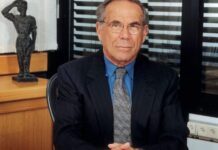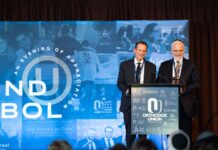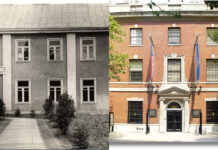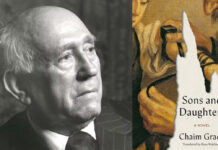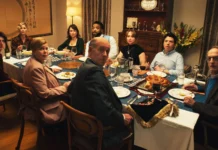A Spanish-language documentary on the Hamas-led terrorist attacks in Israel on Oct. 7, 2023, told through the eyes of Latino immigrants who were targeted in the country’s south that day, premiered in Los Angeles in February.
The four-part series, “7/O: Testigos del Terror” (“10/7: Witnesses of Terror”), tells the story of the largest single-day attack on the Jewish people since the Holocaust by focusing on Latin Americans living in kibbutzim and other farming villages on the border with Gaza, the largest immigrant group that came under attack.

In Spanish with English subtitles, episodes run about 30 minutes. They chronicle the massacres at the agricultural communities and Nova music festival. The focus is on Spanish-speaking hostages abducted by Hamas into Gaza and survivors of the attack, in addition to the overall story of Latin American immigration to Israel.
“The immigrant story is of immense interest because it is a story that is rarely told at all,” Leah Soibel, founder and CEO of the Miami-based Fuente Latina media organization, which produced the film, told JNS. “This is first and foremost an immigrant story.”
She noted that the film—made by a completely non-Jewish team—has attracted significant interest in both the Jewish and non-Jewish world, and aims to bridge the Latino audience in three continents.
The documentary was shot at the site of the massacres in southern Israel and includes interviews with scores of Spanish-speaking survivors, most prominent among them members of the Bibas family, who have Argentine-Peruvian heritage. The murder by Palestinians in Gaza of abductee Shiri Bibas and her two young sons shocked the world.

‘Ensure their voices are heard’
After a private screening in California, the documentary makers are looking for a major streaming platform in the United States or Latin America to reach a wider audience so the film can serve as an educational and informational tool. They have also reached out to several international film festivals to showcase the documentary.
“The pursuit of truth and justice requires us to break the silence, despite the pain,” Guido Kohan, an Argentinian-Israeli who survived the assault, said in a post-screening discussion. “We cannot allow history to be erased or denied.”
Hamas operatives and Palestinians from Gaza murdered 1,200 people on Oct. 7 and kidnapped 251 others to Gaza, 59 of whom are still being held captive. The victims included citizens of more than 40 countries.
The $600,000 documentary project was financed by Fuente Latina, which provides pro-Israel news and commentary on the Middle East to Spanish-language news outlets, along with contributions from U.S. foundations and philanthropists.
Soibel said that Latinos, who make up 20% of the U.S. population, are the No. 1 consumers of digital content and so are the No. 1 target of a multitude of disinformation on social media.
“Latino survivors of the Hamas massacre tell their story for those who no longer can,” she said. “The film must reach a wide audience to ensure their voices are heard.”










